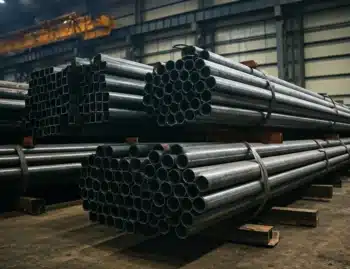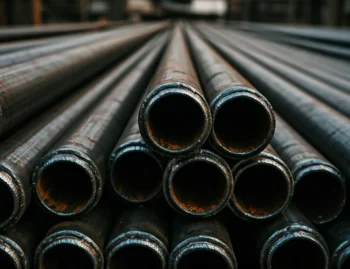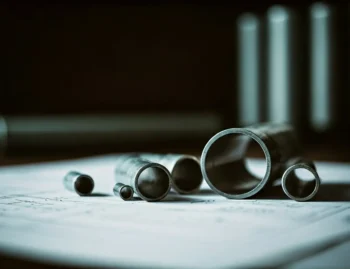
Steel ushered in the Industrial Age, helped hundreds of working men and women get accustomed to the 9-5 workday, and is deeply embedded in the roots of American infrastructure.
In addition to its influence on the economy, steel has made its way from essential manufacturing down to that which we are most sentimental of — the toys we’ve given to our children over the years. For collectors, steel toys are reminiscent of a time when they were the hottest toys on the market.
How has the American excitement and incorporation of steel products into the fabric of our lives led to steel toy production and collection over the years? Here’s what you need to know about the history and collection of steel toys.
When Did Steel Toys Become Trendy?
The U.S. steel industry blew up after the invention of the Bessemer machine, particularly when railroads were being built. As one of the first steps towards inexpensive mass manufacturing, the advent of the Bessemer machine allowed steel to be manufactured for more versatile pursuits.
In addition to industrial use, steel was also produced to create toys for children. Starting in 1913 and continuing through the next decade steel toys increased in popularity.
With the release of the steel Erector set and the mass production of small tin and steel cars, the use of steel in large batches of children’s toys became ubiquitous. Between the 1920s and 1940s, before the Second World War, steel was even used to make larger cars and trucks that children could paddle around in!
What Kinds of Steel Toys Are Most Commonly Collected?
With the dawn of the Internet, there came a soaring interest in the acquisition of American vintage toys. The digital age made steel toys easier to source, price, and ship all over the world. Toys from the very beginning of the Industrial Revolution are particularly prized due to their historical connection to the time.
Prior to the Industrial Revolution, toys were hand-made and handed-down generation to generation. Often, those kinds of toys were well-loved and not in the condition to be considered a collector’s item. However, tin and steel toys (because of their durability) managed to preserve their shape and pristineness.
Famously collected tin and steel toys include the first-ever steel toy set which was manufactured by the Philadelphia Tin Toy Manufactory in the 1840s. This set included miniature kitchenware, wagons, and floor trains. Later, in the Edwardian era of the 1900s, inexpensive “penny” tin toys hit the market—innovated primarily by Ernst Paul Lehmann Patenwerk in Germany with the clockwork tin toy.
As the twentieth century wound on, miniature steel cars, Superman figurines, and (later) Disney toys became very popular. These toys remain enviable collector’s finds even today. However, if you’re planning on investing in tin and steel vintage collectibles, plan on spending a pretty penny.
Limited innovative children’s steel toys and collectibles bring in large prices at auction. For example, a Micky Mouse motorcycle from the 1930’s brought in $47,300 when last sold! A large price to pay for the average consumer. However, for a whimsical piece of history, perhaps not.
Whether you’re an experienced collector or looking to start your collection soon, it’s important to do your research. Make sure you’re only collecting authentic pieces by having them appraised by a professional!











